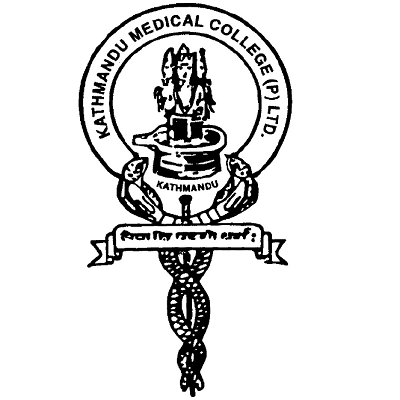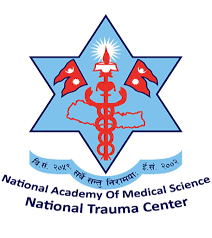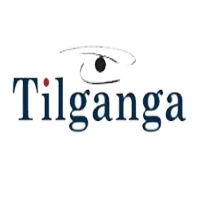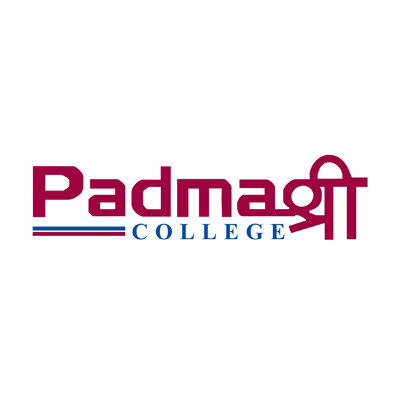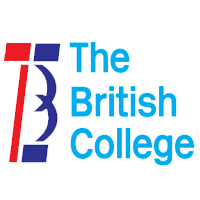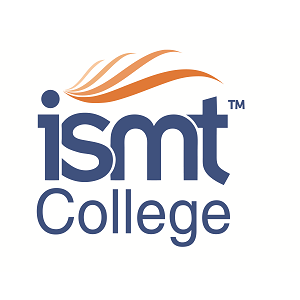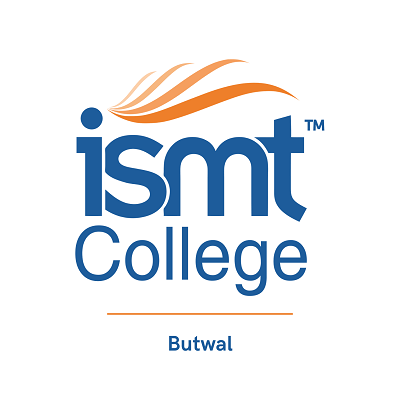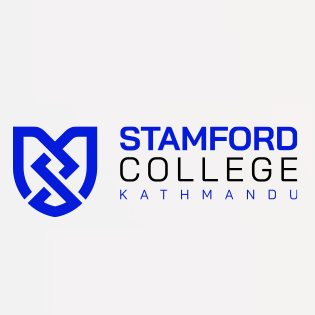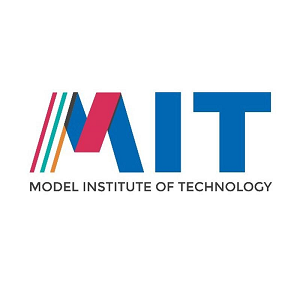Overview
MD General Practice (MDGP) at Nepalese Army Institute of Health Sciences, College of Medicine
MD General Practice (MDGP) at Nepalese Army Institute of Health Sciences – College of Medicine (NAIHS-COM) is a three-year postgraduate residency program conducted under the affiliation of the Institute of Medicine, Tribhuvan University. The college functions as a non-profit medical education institution of the Nepali Army Welfare Fund and focuses on producing skilled medical professionals for both the Nepal Army and the wider national health system.
The program prepares doctors for broad-based clinical work in hospitals and communities. MDGP residents train across internal medicine, surgery, obstetrics and gynaecology, paediatrics, emergency care, and community health, reflecting the national need for generalist specialists who can manage diverse clinical responsibilities, especially in district and provincial settings.
Training is closely linked with Shree Birendra Hospital (SBH), the 635-bed teaching hospital of NAIHS located in Chhauni, Kathmandu. SBH provides tertiary-level services and serves as the main clinical training site for postgraduate residents.
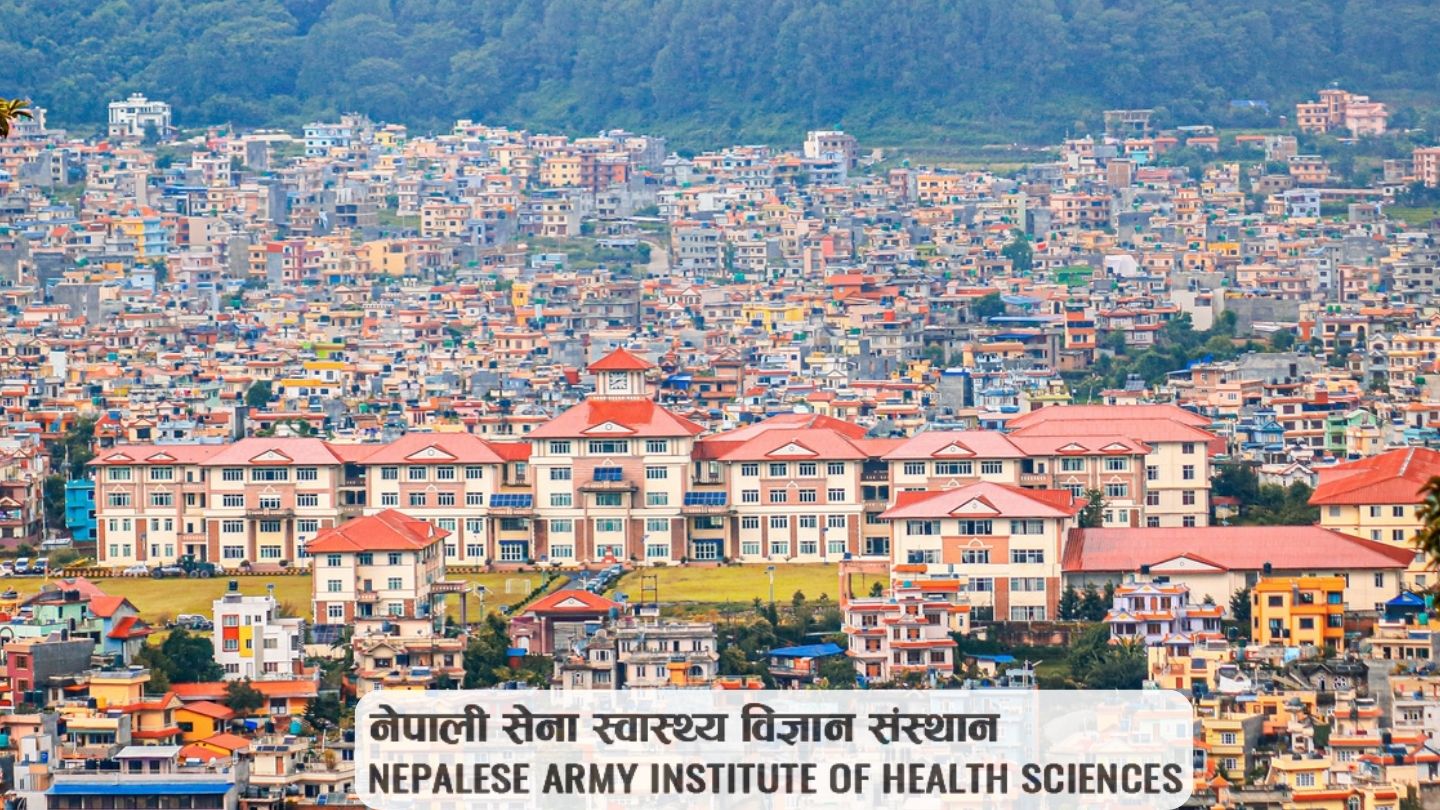
Highlights
-
Program name: MD General Practice (MDGP)
-
Institution: Nepalese Army Institute of Health Sciences – College of Medicine (NAIHS-COM), Sanobharyang/Bhandarkhal, Kathmandu
-
Affiliation: Institute of Medicine, Tribhuvan University
-
Regulatory recognition: Medical Education Commission (MEC), Nepal Medical Council (NMC), and Nepal Health Professional Council for institutional programs
-
Program type: Clinical postgraduate (MD) residency
-
Duration: 3 years for all MD/MS programs at NAIHS-COM
-
Seats: 2 MDGP seats affiliated with Tribhuvan University, IOM
-
Teaching hospital: Shree Birendra Hospital (SBH), 635-bed tertiary hospital under Nepal Army Medical Corps
-
Tuition fee: NPR 2,381,760 for the full MDGP program (as per latest institutional information shared for NAIHS-COM postgraduate clinical programs)
-
Target candidates: MBBS graduates registered with Nepal Medical Council who seek broad clinical and emergency care training, particularly for district-level and institutional hospital practice
Curriculum Details
MD General Practice at NAIHS-COM follows the three-year residency model used by the Institute of Medicine for MDGP/General Practice and Emergency Medicine, combining hospital-based and community-oriented training.
Program structure
Residents work full-time in clinical departments with progressive responsibility under supervision. Teaching and service activities run in parallel, so you learn through direct patient care, structured teaching sessions, and independent study.
The typical structure includes:
-
Rotations in internal medicine, general surgery, orthopaedics, paediatrics, obstetrics and gynaecology, anaesthesiology, psychiatry, ophthalmology, ENT, dermatology, and related specialties
-
Dedicated postings in emergency and critical care units
-
Community and primary care postings to understand district and rural health needs
-
Cross-departmental postings such as forensic medicine, where MDGP residents attend medico-legal teaching sessions and field activities.
Academic components
Alongside clinical duties, residents participate in:
-
Case presentations and grand rounds
-
Topic seminars and journal clubs based on current evidence
-
Clinical audits and morbidity–mortality reviews
-
Logbook maintenance and periodic internal assessments
-
Research or thesis work as guided by Tribhuvan University and NAIHS academic rules
The curriculum focuses on strengthening decision-making in acute care, inpatient management, continuity of care, and leadership in hospital and community health services.
Objectives
The MDGP program at NAIHS-COM aims to:
-
Prepare generalist specialists who can manage common and complex medical, surgical, obstetric, paediatric, and emergency conditions at district and tertiary hospitals
-
Develop doctors who can coordinate inpatient, outpatient, and emergency services and provide safe referral when needed
-
Build capacity for preventive, promotive, and community-based work linked with national health programs
-
Strengthen clinical reasoning, procedural skills, and ethical practice in a resource-conscious context
-
Develop leadership skills so graduates can contribute to hospital management, team coordination, and training of junior staff and students
If you are planning to serve in district hospitals, provincial hospitals, institutional setups, or army medical facilities, these objectives closely match the responsibilities you are likely to handle in real practice.
Scope
General practice in Nepal links primary care, emergency medicine, and hospital-based management. MDGP graduates typically:
-
Work as generalist consultants in district or zonal hospitals
-
Lead emergency and acute care units
-
Manage mixed inpatient wards covering internal medicine, surgery, obstetrics, and paediatrics
-
Support outreach, camps, and community health projects
-
Contribute to teaching in medical colleges and training institutes
The MDGP qualification is recognized within the national regulatory framework managed by the Nepal Medical Council, which registers medical practitioners and oversees standards for medical practice.
For students from an army background, the program also aligns with the Nepal Army’s need for generalist doctors capable of handling clinical and emergency responsibilities in varied postings, including remote or difficult terrain.
Learning Outcomes
By the end of MD General Practice at NAIHS-COM, a resident is expected to:
-
Diagnose and manage a wide range of medical, surgical, obstetric, and paediatric conditions commonly encountered in hospitals and emergency settings
-
Stabilize life-threatening emergencies such as shock, trauma, myocardial infarction, stroke, severe asthma, sepsis, and acute abdomen
-
Perform key procedures relevant to general practice and emergency medicine within the scope of national guidelines and institutional protocols
-
Provide safe intrapartum care, including management of obstetric emergencies in coordination with relevant specialists
-
Coordinate care with nursing staff, paramedics, and other health workers, using clear communication and teamwork
-
Integrate preventive and promotive care into hospital practice, including counselling, risk-factor management, and follow-up planning
-
Interpret laboratory and imaging results appropriately and justify investigations based on clinical reasoning
-
Apply ethical principles, patient confidentiality, informed consent, and professional conduct as per NMC norms
-
Teach medical students, interns, and other trainees during clinical postings
Skill Development Modules
Skill development in MDGP at NAIHS-COM is embedded within clinical rotations and structured sessions. Key skill areas include:
-
Emergency and resuscitation skills: Airway management, cardiopulmonary resuscitation, trauma assessment, shock management, management of poisoning, and rapid sequence decision-making in emergencies
-
Procedural skills: Common inpatient and emergency procedures such as wound management, catheterizations, lumbar puncture, intercostal drainage under supervision, joint aspirations, and related interventions as per institutional policy
-
Maternal and child health skills: Management of normal labour, recognition of complications, neonatal resuscitation, and coordination with obstetric and paediatric teams
-
Critical care exposure: Monitoring in ICU/HDU settings, ventilator basics, and step-wise management of critically ill patients as guided by supervisors
-
Communication and counselling skills: Breaking bad news humanely, counselling on chronic diseases, lifestyle changes, and adherence
-
Management and leadership skills: Duty roster planning, coordination of emergency services, leadership during mass-casualty or high-volume days, and participation in hospital committees
-
Research and academic skills: Literature review, basic research methodology, data analysis support, and thesis writing as per Tribhuvan University guidelines
Teaching Methodology
Teaching–learning in MDGP at NAIHS-COM relies on structured clinical exposure supported by academic sessions. Residents learn through:
-
Bedside teaching and ward rounds with consultants and senior residents
-
Outpatient clinics where you follow patients over time
-
Emergency duty, night on-calls, and hands-on management under supervision
-
Interdepartmental case discussions with medicine, surgery, obstetrics, paediatrics, and other specialties
-
Journal clubs, seminars, and topic presentations guided by faculty
-
Simulation-based or skills-lab sessions where available, especially for resuscitation and procedural training
Shree Birendra Hospital’s role as a large teaching hospital of the Nepal Army ensures that residents encounter a wide case mix, from routine conditions to complex referrals.
Admission Requirements
Admission criteria for MDGP at NAIHS-COM follow the national framework set by the Medical Education Commission and Tribhuvan University. While applicants must confirm the latest rules each academic year, the typical requirements include:
-
MBBS or equivalent degree recognized by Tribhuvan University / Institute of Medicine and Nepal Medical Council
-
Full registration with the Nepal Medical Council
-
Completion of compulsory rotating internship as per NMC norms
-
Fulfilment of any experience criteria specified by MEC/IOM for MDGP in the relevant intake year
-
Qualification in the national postgraduate common entrance examination (MECEE-PG) conducted by the Medical Education Commission for MD/MS and related programs
-
Participation in the MEC online matching process and selection of NAIHS-COM MDGP seat according to merit and seat category
-
Compliance with NAIHS policies regarding service obligations, quotas for army personnel and their families, and general category candidates
International applicants, if admitted, must also meet MEC and NMC eligibility rules for foreign candidates.
Career Opportunities
Graduates of MD General Practice from NAIHS-COM can pursue roles such as:
-
General practice specialist in district, provincial, or central hospitals
-
Consultant in emergency and acute care units
-
Generalist clinician within the Nepal Army hospital system
-
Medical officer or consultant in governmental and non-governmental health institutions
-
Academic faculty in medical colleges and training institutions, especially in general practice, emergency medicine, or community-oriented disciplines
-
Contributors to health programs, disaster response, and community outreach initiatives
Registration and practice are guided by the Nepal Medical Council, which oversees licensing and professional conduct of doctors in Nepal.
Scholarships and Financial Aid
NAIHS functions as a not-for-profit medical education institution under the Nepali Army Welfare Fund. The institute runs a fixed quota system to ensure access for children of serving and retired army personnel, dependents of personnel who died in service or became fully disabled, and members of the general public.
For MDGP and other postgraduate programs:
-
A portion of seats falls under national scholarship or subsidized categories as managed through MEC scholarship rules (National Medical Education Act 2075 framework).
-
Remaining seats operate under institutional or service-oriented categories, including specific quotas for army personnel as per NAIHS policy.
Financial support can include reduced tuition, stipends, or service-linked benefits, depending on seat category and government/institutional decisions for the given academic year. Candidates need to consult the latest MEC notices and NAIHS-COM prospectus or official website for exact details in the year they apply.
Why Choose MD General Practice (MDGP) at NAIHS-COM?
MD General Practice at NAIHS-COM suits MBBS graduates who want broad clinical responsibility and are prepared to serve in district, army, or institutional hospitals where one doctor often manages a wide spectrum of conditions.
Key reasons many students consider this course include:
-
Training under Tribhuvan University’s Institute of Medicine curriculum combined with the structured environment of a military-managed teaching institution
-
Exposure to a large case load at Shree Birendra Hospital and affiliated services, including emergency, surgical, medical, and community-oriented work
-
Opportunity to gain skills that match real-life service contexts in Nepal, including district hospitals and resource-constrained settings
-
Integration of clinical, managerial, and teaching responsibilities, helping you grow into a generalist consultant capable of leading teams
If your goal is to serve as an all-round clinician who can respond to emergencies, manage hospital wards, and still stay connected to community health, MDGP at NAIHS-COM provides a pathway grounded in the realities of Nepal’s health system.
Conclusion
MD General Practice (MDGP) at Nepalese Army Institute of Health Sciences – College of Medicine is a three-year postgraduate residency that combines clinical depth with broad, system-oriented responsibilities. Residents train in a military-linked, non-profit academic environment under the affiliation of Tribhuvan University and within the regulatory framework of MEC and NMC.
For students who want to take on diverse clinical roles, manage emergencies, and support hospital and community health services, this program offers structured training grounded in the needs of Nepal’s health system and the responsibilities of generalist specialists.
Frequently Asked Questions (FAQ)
1. What is the duration of the MD General Practice (MDGP) program at NAIHS-COM?
The MDGP program is a three-year postgraduate residency, consistent with the duration of all MD/MS programs offered by NAIHS-COM under Tribhuvan University.
2. How many MDGP seats are available at NAIHS-COM?
NAIHS-COM offers 2 seats in MD General Practice (MDGP) under the affiliation of Tribhuvan University, Institute of Medicine.
3. Where do MDGP residents receive their main clinical training?
Residents primarily train at Shree Birendra Hospital in Chhauni, Kathmandu, a 635-bed tertiary-level teaching hospital of NAIHS that provides a wide range of clinical services.
4. What entrance examination is required for admission to MDGP at NAIHS-COM?
Admission is based on the national postgraduate common entrance examination conducted by the Medical Education Commission (MECEE-PG) for MD/MS and related programs, followed by a matching process and institutional formalities.
5. Which regulatory bodies oversee the MDGP program and its graduates?
NAIHS-COM programs operate under the affiliation of Tribhuvan University and are recognized by the Medical Education Commission and Nepal Medical Council, which regulate entrance, curriculum standards, and registration of doctors in Nepal.
6. What type of work can MDGP graduates expect after completing the program?
Graduates can work as general practice specialists in district or provincial hospitals, emergency units, army hospitals, teaching institutions, and various governmental or non-governmental health programs, subject to NMC registration and employer requirements.


